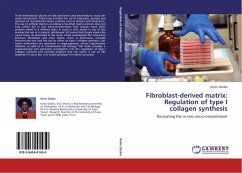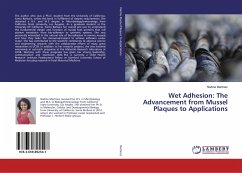The multimeric glycoprotein von Willebrand Factor (VWF) plays an important role in hemostasis by linking platelets to collagen after vascular damage. The VWF binds to collagen III with its A3 domain. Mutations in this domain can affect the binding behavior of the protein, which can lead to von Willebrand disease (VWD) causing typical symptoms like easy bruising, excessive nose bleeds, mucosal bleeding, and menorrhagia. In the present work the interaction of three VWF mutants with collagen were investigated using Surface Plasmon Resonance (SPR). All three mutations are located in the VWF A3 domain and have been found in patients with mild or no bleedings symptoms.








